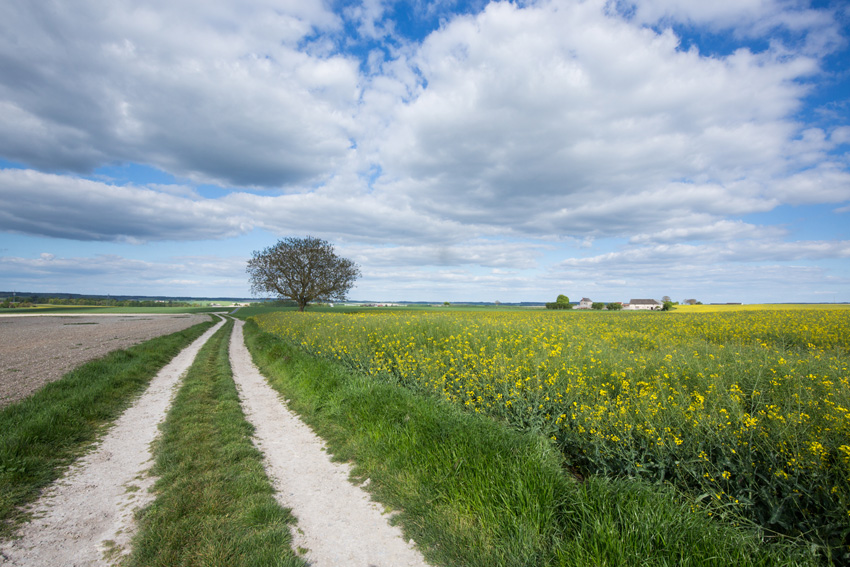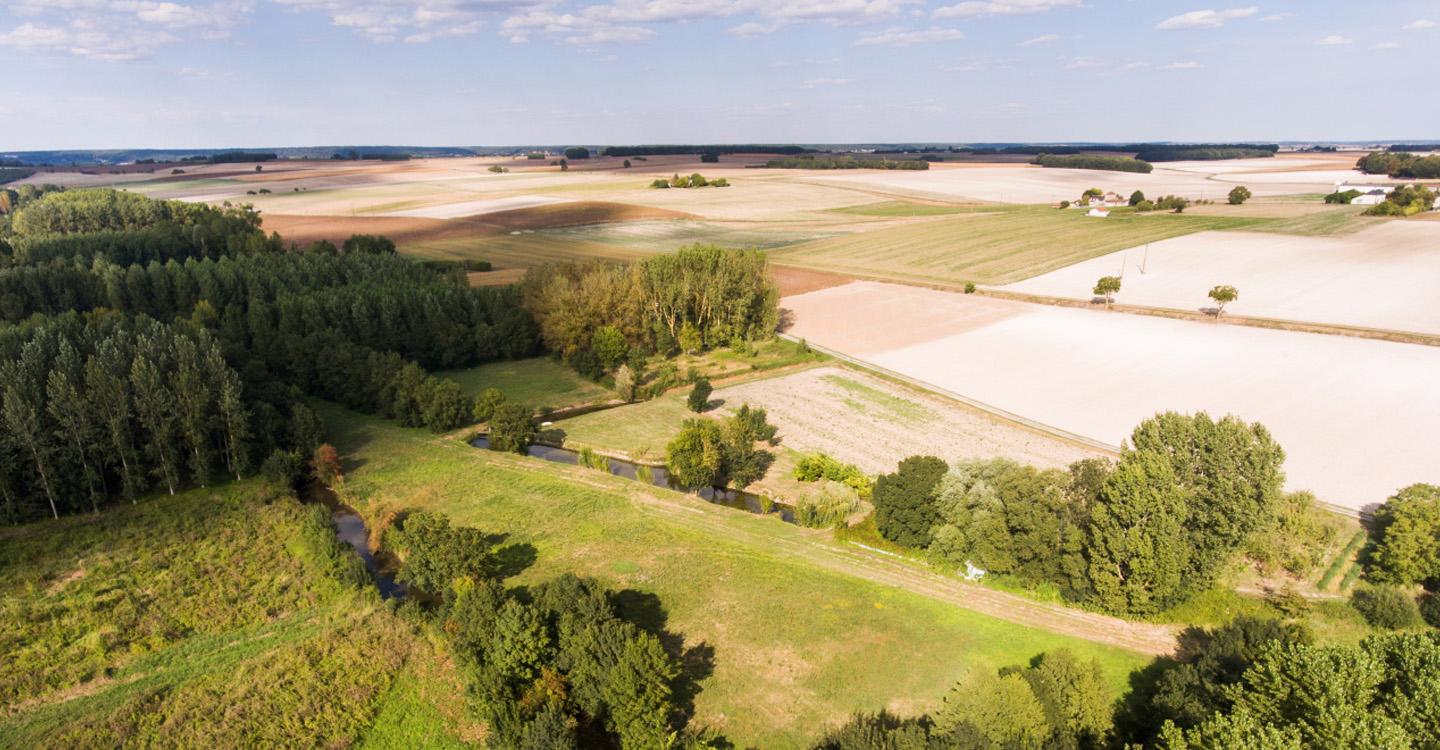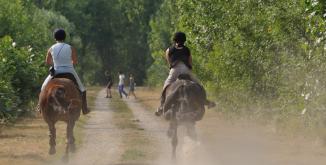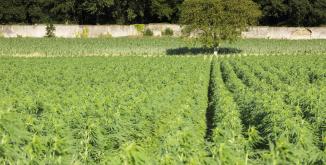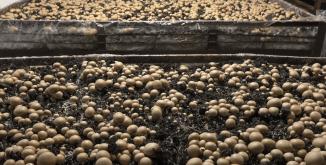Climatic and geological conditions have favoured the development of wine growing on this land. The subsoil is mainly made of limestone of the Parisian basin. Vines love limestone and clay-limestone soils. They give the wine a special character. On well-oriented hillsides such as in Layon, the grapes grow as they like. In Touraine, the terraces close to the riverside of the Loire and the Vienne (of Chinon and Bourgueil) are made of sand and gravel which have been shaped and deposited by the water over time.
The Park is situated right at the heart of the Loire vineyards which are famous for their diversity. There are more than 20 so-called AOCs (“Appelation d’origine contrôlée”) which is a regional control label for wine, cheese, etc. The most famous and remarkable labeled wines come from the hillsides of Layon, Saumur, Chinon and from the terraces of Bourgueil.
Farms and vineyards cover more than half of the Park’s territory. Cultivations are the first activity in terms of surface. Agriculture is very present on the plateaus, e.g. in the plain around Doué-en-Anjou and the plateaus around Richelieu and in the centre of Touraine. Landscapes alternate between crops (wheat, corn, etc.) and more specialized productions such as sunflower, rape, flowers and ornamental plants, fruit and poplar groves, …
In the Layon area, the hillsides are well-oriented. Cereals and oleaginous plants are cultivated on the South side, whereas vineyards are dominant on the North side.
In the Saumur area, you can find vineyards surrounded by stone walls marking the landscape. Like elsewhere, vineyard shelters (little houses made of stone) show in the middle of the vine rows or along the road on hilltops or in little woods.
The terraces around Bourgueil are mainly dedicated to wine-growing. But sometimes you can find a wet meadow or small cultivations between the vineyards. The relief is carved by successive hillside terraces.
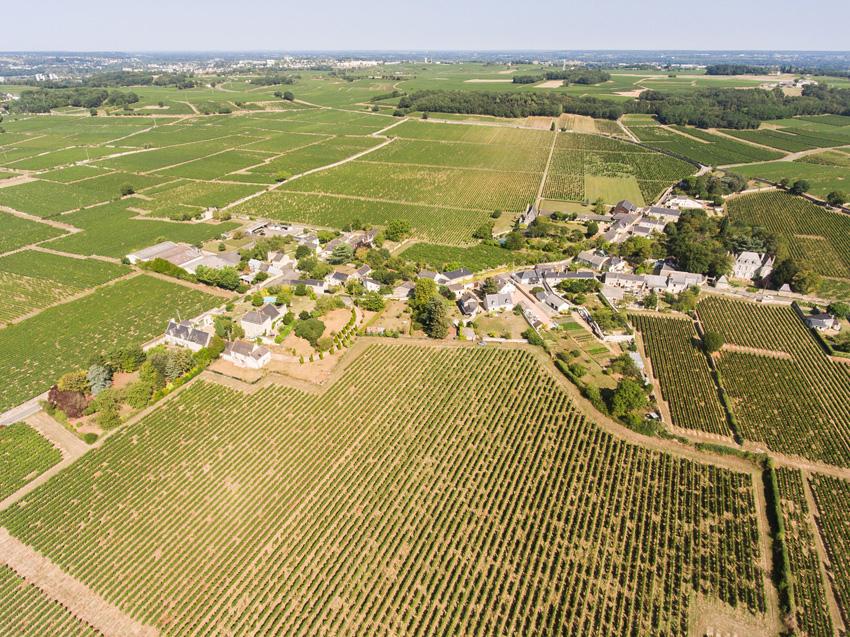
A little history of cultivations
In the Middle Ages, religious communities started to settle on the territory. The growing population needs more land for agriculture, livestock farming and housing. This is when the big medieval land clearances start. Monks and farmers are at the origin of the transformation of forest plateaus into cultivations.
In the 19th century, fields on the plateaus are mainly used for the cultivation of wheat and rye. Along the way, these cultures are scattered with fruit trees such as the walnut and sorb trees. The forest and moors are entirely part of the agricultural system: they nourish cattle and supply litter. Farmers are both into polycultures and livestock farming. They own a small piece of land and some animals used for traction to help them.
Some of the cultures dating back to this time have now disappeared. E.g. sericulture (silkworm rearing) initiated by Louis XI in 1470. Some of the mulberry trees you can still find on the territory are a heritage of this time! Another example is the liquorice of Bourgueil which was exported all the way to Flanders in the 19th century. Production was progressively abandoned in the early 20th century. However, truffle-growing returns to Touraine in the 1970s: it used to be an important culture in the 19th century with a production volume of up to 20 tons and the famous truffles market in Richelieu!), but had totally disappeared after the First World War.
Today, on the plateaus, forests and moors neighbour on farmland. Even if there is a variety of cultures (fruit, truffles, …), cereals are still the dominant product because they adapt best to the soils. In the area of Saumur (around Montreuil-Bellay and Doué-la-Fontaine), the area of Baugé-en-Anjou (mainly in the canton of Noyant) and around Beaufort-en-Anjou, crops farming uses more than a quarter of the agricultural land. Farmers grow soft wheat, corn, barley and sorgho there. You can also find quite some sunflower and rape fields.
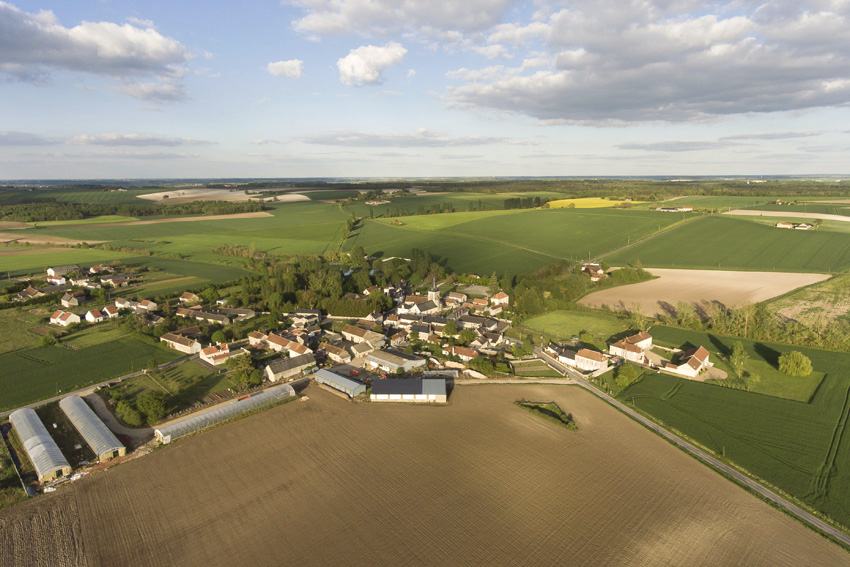
The Loire valley – the 3rd biggest vineyard of France
The richness and diversity of the Loire vineyards attracts wine lovers from all over the world. The “route des vins du val de Loire” (wine train of the Loire valley), runs through the Loire-Anjou-Touraine Park. You can find 20 so-called AOCs (regional control label for wine, cheese, etc) on the park territory. Believe us, there’s quite some tasty wine on the road!
Like many cultivations in the region, wine-growing dates back to the 5th century and the settlement of the first religious communities on the territory. It’s mainly in the 10th century that wine production increases significantly.
In the late 19th century, the phylloxera hits hard and destroys most of the vineyards in the Loire valley. After this crisis, trellising starts to be widely used. This technic consists in tying up the vine to a support in order to lift it from the ground and allow better growth. Vineyards are shaped into regular landscapes with rows, allowing the use of horses and of machines later on. After the decease, vines are only replanted on the best soils producing high quality wine.
During the 20th century, wine is matured and stored in old tufa extraction galleries. The steady temperature and humidity underground are major assets for the aging process. Today, some wine-growers still produce their wine in those troglodytic alleys, but most of them have become wine cellars open to visitors.
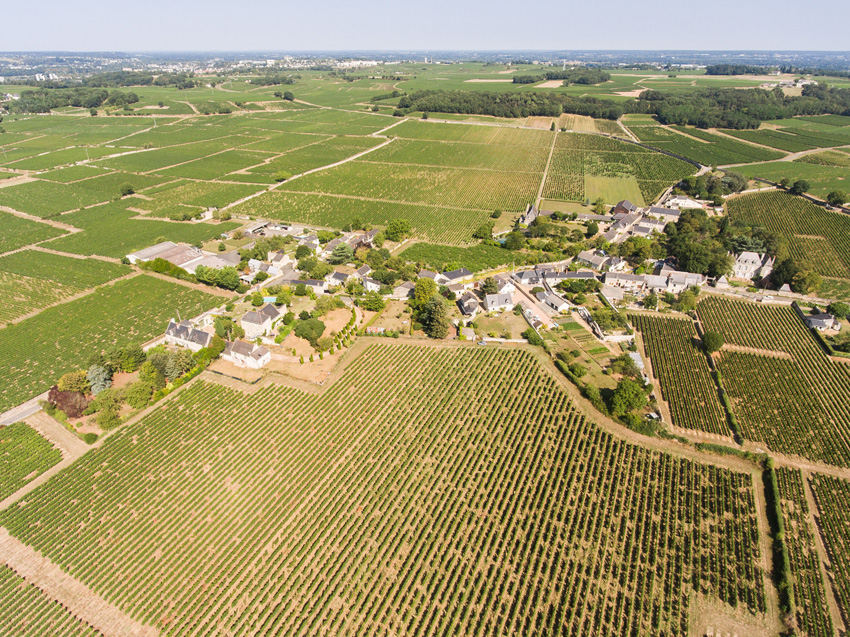
Wines of the Loire: one territory with a thousand “terroirs”
Ever since the Middle Ages, the vineyards of the Loire have developed a certain variety, following the mosaic of soils, reliefs and orientations. But most of the vines come from one single grape variety: the so-called “chenin” for white wines and the “cabernet” for red and rosé wines.
The territory of the Loire-Anjou-Touraine Park has four major vineyards:
- The area of Chinon, on the Vienne riverside, is famous for its rich and balanced red wines. The hard soils on the limestone hillsides give body to the wines; whereas vines of the flatland growing in a soft soil of sand and gravels produce more round and soft wines.
- The terraces of Bourgueil mostly produce red wines. The vine rows structure the landscape and send the eyes to the forest massif in the North. Again, the land closest to the Loire river grows delicate wines, whereas the tufa land produces rich wines with a long conservation time.
- The famous vineyards of the Saumur area are like little islands in the middle of other cultivations. Wine is grown on the hillsides and sometimes still matured in caves dug into tufa.
- The Layon valley Southwest of the Park neighbours on the “Anjou noir” on the West and the “Anjou blanc” on the East. The hillsides are well-exposed and well-ventilated. Raisins produce sweet and liquorish wines with rich flavours.
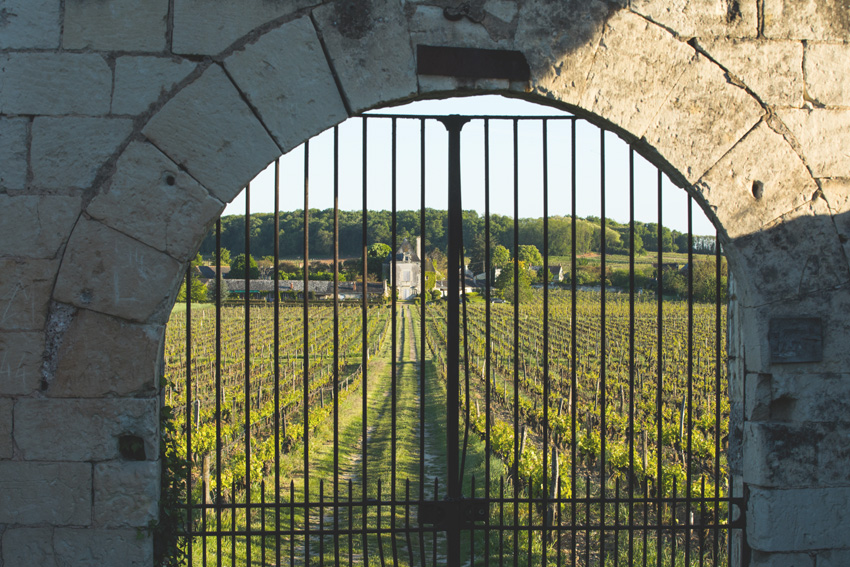
The isolated tree – an agroforestry tradition to hold on to
Throughout the centuries, trees have played different roles in the rural area: varieties such as the walnut or the chestnut tree were used to mark the borders between fields. They also provided construction wood, firewood, fruits, fodder for animals, etc. The almond tree, the sorb as well as the mulberry tree are also part of the local natural heritage.
These trees used to have an economic value. But the loss of use and the modernisation of agriculture have caused their decline. During the land consolidation in the 1960s and 1980s, small fields give way to bigger farm businesses with no more need for boundary marks. On the fields, the trees stand in the way of agricultural engines and many of them are cut. But despite of this, isolated trees still are a characteristic element of the landscape around Richelieu, Chinon and Saumur.
Agroforestry practices have been regaining ground over the past few years. They recommend a mixture of trees, cultivations and animals on the same field. Its development on the territory of the Loire-Anjou-Touraine Park aims to bring ancient agricultural practices back into fashion, but not without adapting them to current issues: carbon storage, improvement of the quality of soils and productions, regain of biodiversity, … Trees are planted in a way to make sure they don’t hamper the machines. Ideally, there will be a mixture of different species, favouring local varieties.
